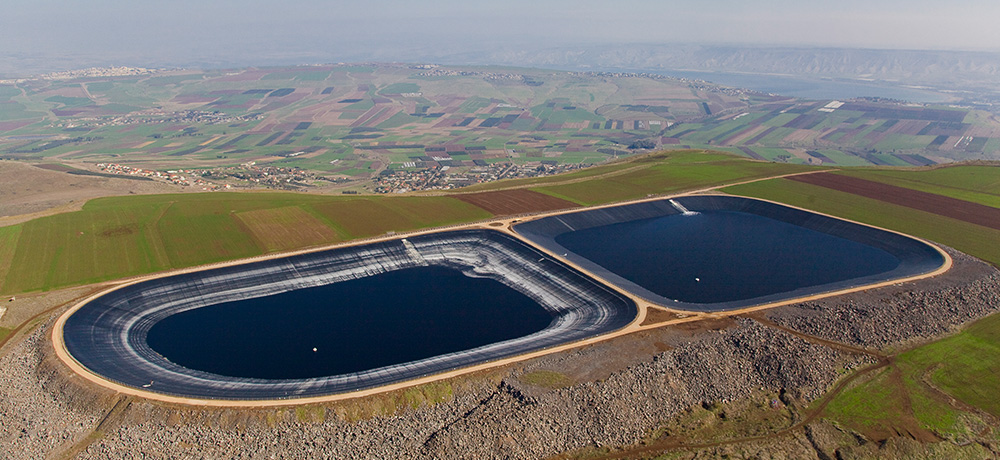The placement process of HDPE
geomembrane includes material cutting, test welding, welding equipment debugging, anchoring, inspection and acceptance, etc.
Before laying HDPE geomembrane, a laying plan must be prepared according to the design and site conditions, and then the membrane material must be cut and laid according to the laying plan. The film placement plan must consider the topography of the working surface, and detailed calculations for uneven parts and corners are required to reduce cross welds and stress concentration.

The surface of HDPE geomembrane must be flat, free of debris, tree roots, sharp rocks, etc. All fillings must be well sorted and free of organic matter, garbage or other harmful impurities. The top 15 cm of the finished foundation must not contain stones or debris with a diameter greater than 4 cm, and the foundation soil must not be gouged or subjected to other harmful effects. The nature of the foundation shall not have large changes or sudden changes in slope. The density of the primer is above 90. The completed foundation will not be affected by rain, snow, freezing and other severe weather conditions. If the base is broken, swelling, bulging, or the like, it must be rearranged to eliminate these shortcomings.
The joint treatment of HDPE geomembrane is a key process, which directly affects its anti-seepage effect. The general connection method is: overlap, the overlap width must be greater than 15 cm; thermal welding is suitable for slightly thicker geomembrane substrates, and the width of the weld should not be less than 5 cm. Paste is not recommended, because the glue is easy to open after long-term soaking, and the anti-seepage effect is poor.

